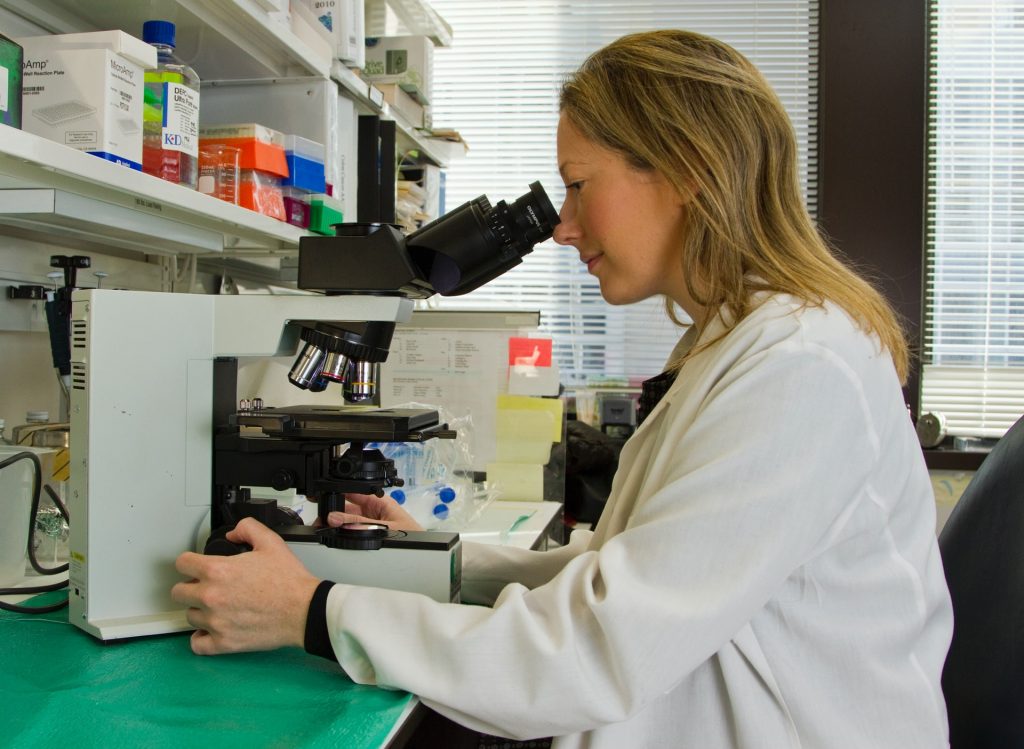New Insights could Help Prevent Psychosis Relapses in Youth and Young Adults

New findings from McGill University researchers could help clinicians understand the course of delusions in youth and young adults that signal the need for a timely intervention to prevent a full relapse of psychosis.
Delusions – strong beliefs that don’t align with commonly accepted reality – are a defining symptom of psychosis but are not sufficiently understood.
For the first time, researchers studied whether delusion themes, such as paranoia or grandiosity, stay the same or shift between psychotic episodes in youth and young adults undergoing early intervention treatment.
The importance of timely treatment
Notably, most patients did not relapse at all following their first episode, showing the efficacy of early intervention and highlighting the need for improved access, said the researchers. An estimated 75% of children with mental disorders do not use specialised treatment services, according to Youth Mental Health Canada.
“Early intervention is essential if we want to give young people the best chance at lasting recovery,” said lead author Gil Grunfeld, a recent master’s graduate from McGill’s Department of Psychiatry and a current doctoral student at Boston University.
Detecting patterns in delusions
The study, published in JAMA Psychiatry, found that in the less likely instances of relapse, patients almost always had the same type of delusion as their first episode.
“The return of similar narratives potentially suggests the mind may be reflecting the same patterns seen in earlier episodes,” said Grunfeld.
“Recognizing this pattern of delusions in those who go on to relapse could help clinicians understand the experience of their patients and adjust the care they provide,” said Dr Jai Shah, an Associate Professor in McGill’s Department of Psychiatry and a researcher at the Douglas Hospital Research Centre.
Delusions often persisted even as other symptoms improved, suggesting delusions may require different treatment strategies, he added.
“Delusions are often highly distressing and difficult to define, which makes closing the gap in research all the more crucial. There is a great deal of future work to be done,” said Grunfeld.
The researchers followed about 600 patients ages 14 to 35 for up to two years. All were receiving treatment at an early-intervention service for psychosis in Montreal.
Source: McGill University





